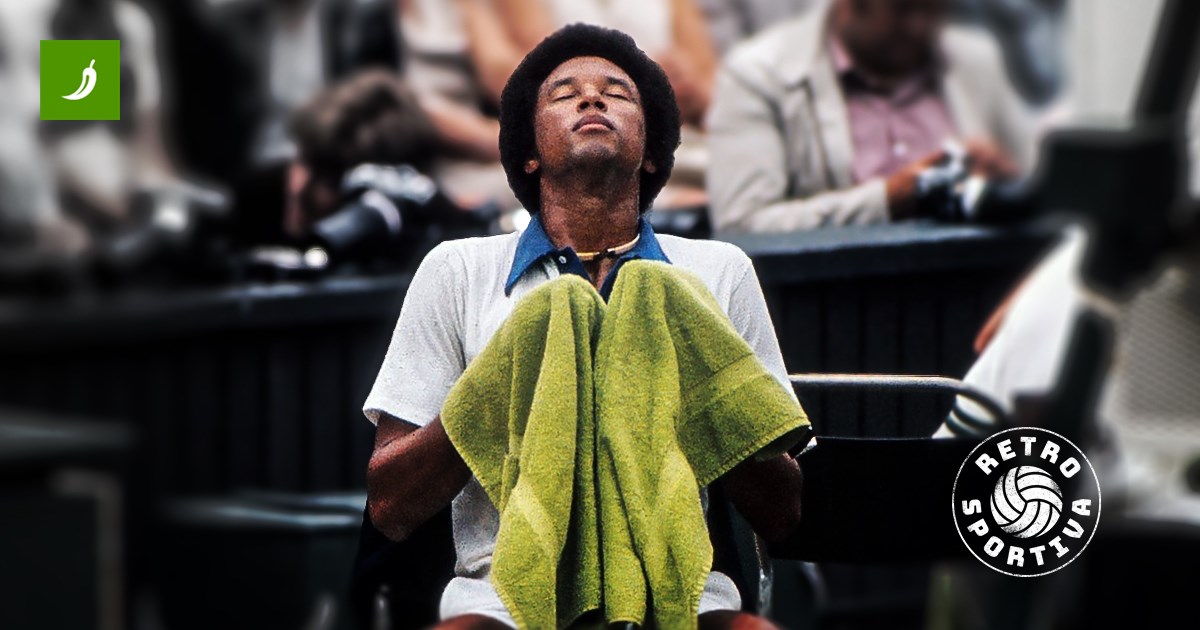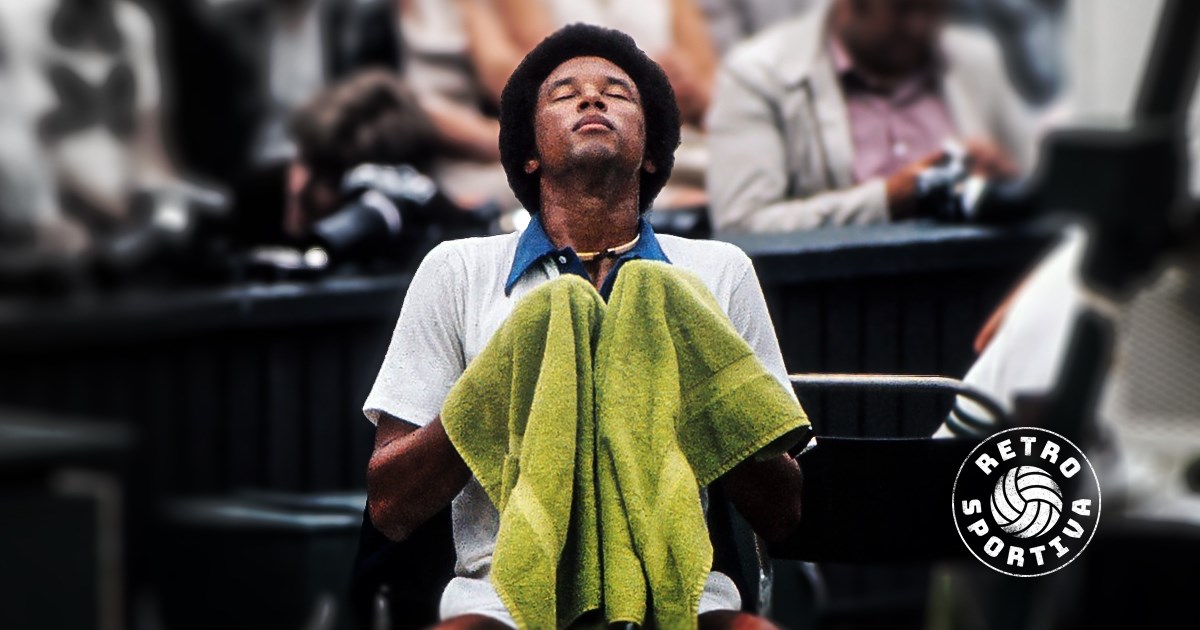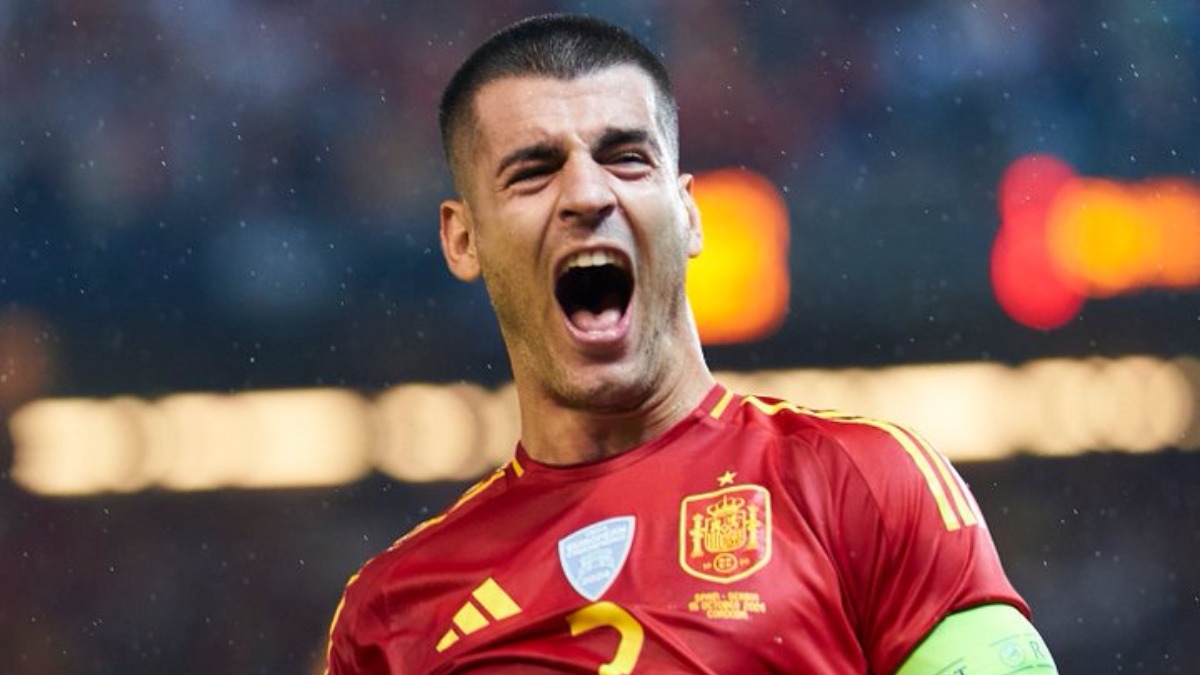Arthur Ashe: The Quiet Fight of a Black Tennis Legend Against Racism and Injustice
Imagine the world of tennis 50 years ago – a sport reserved only for wealthy white elites, where black athletes were almost invisible, and if they appeared, they faced walls of segregation and discrimination. In this world, one man broke through all barriers and became not only a top athlete but also a symbol of the fight for human rights. His name was Arthur Robert Ashe Jr.
Childhood in a Racially Divided America Arthur Ashe was born in 1943 in Richmond, Virginia, during a time of deep racial segregation. His mother died when he was just six years old, and he was raised by a strict single father. Although he had access to sports facilities, black boys were forbidden to play with white children. Ashe learned early what segregation meant – he couldn’t play against white peers, but he was fortunate to be noticed by Ron Charity, who taught him the basics of tennis, and then Dr. Robert Walter Johnson, known as the godfather of black tennis.
Rising Through Obstacles Despite being barred from training on indoor courts and competing with white players, Ashe trained persistently and improved. He moved to St. Louis, where he could play without racial restrictions. At 20, he won his first major tournament and soon became the first black player on the US Davis Cup team.
First Black US Open Champion In 1968, the first year of the Open Era, Ashe won the US Open, becoming the first black player to win a Grand Slam singles title. Although he couldn’t accept the prize money as he was still an amateur, his victory was historic. Ashe also led the US Davis Cup team to victory that year.
Fighting Apartheid and Racism Ashe was not just an athlete but an activist. For years, he tried to play in South Africa, a country with a notorious apartheid regime, but was denied entry because of his race. He initiated the suspension of South Africa from international tennis competitions, which was successful. Though criticized, he did not support boycotting matches against South African players but advocated for political and economic sanctions against the regime.
Leadership in Tennis Organizations and Player Rights Ashe was a founding member and president of the ATP. He supported the 1973 Wimbledon boycott over the suspension of Yugoslav player Nikola Pilić, showing his readiness to fight for players’ rights and against injustice in sport.
Health Battles and Consequences After a successful career, Ashe suffered a heart attack and underwent quadruple bypass surgery. Later, he was diagnosed with HIV, likely contracted during a blood transfusion during surgery. Despite the stigma, Ashe spoke openly about AIDS and founded a foundation to fight the disease.
Legacy and Heroism Ashe died in 1993 but left an indelible mark. The largest tennis stadium in New York bears his name, and he remains a symbol of the fight against racism, injustice, and for human rights. His quiet but determined fight shows that true heroism is not about surpassing others but serving them.
If you thought tennis was just a game, Ashe’s story will change your mind. So, what do you think – how free is sport today from injustice? Drop a comment, let’s see who else is ready to fight like Ashe!
























